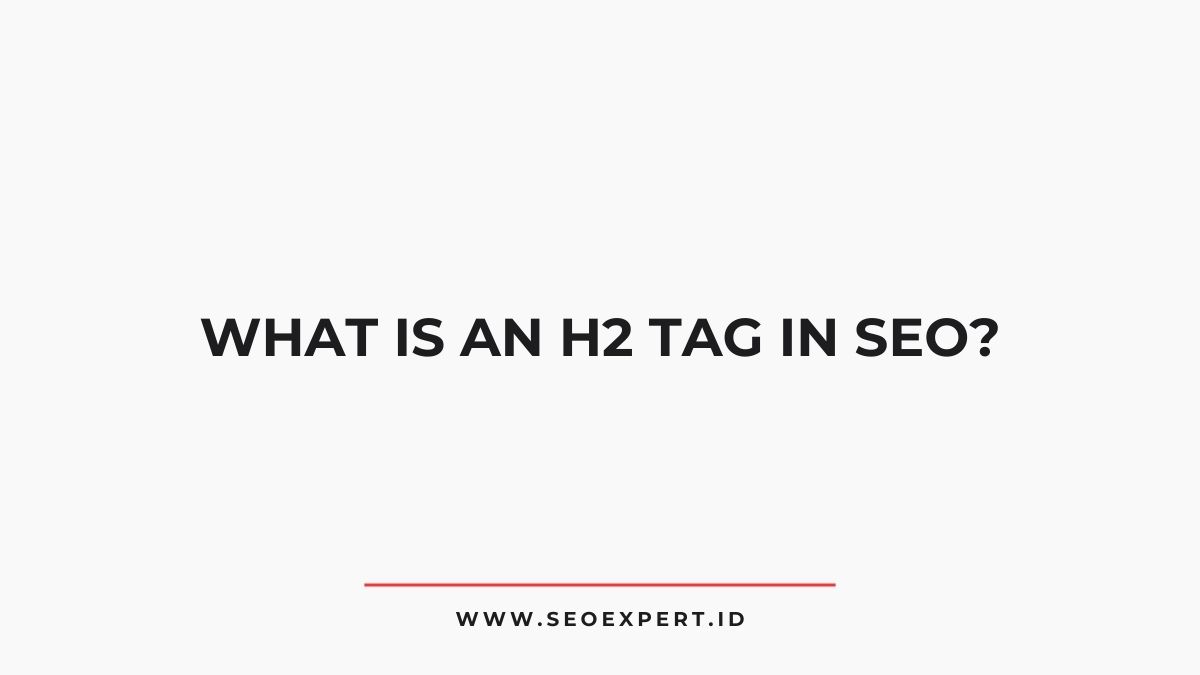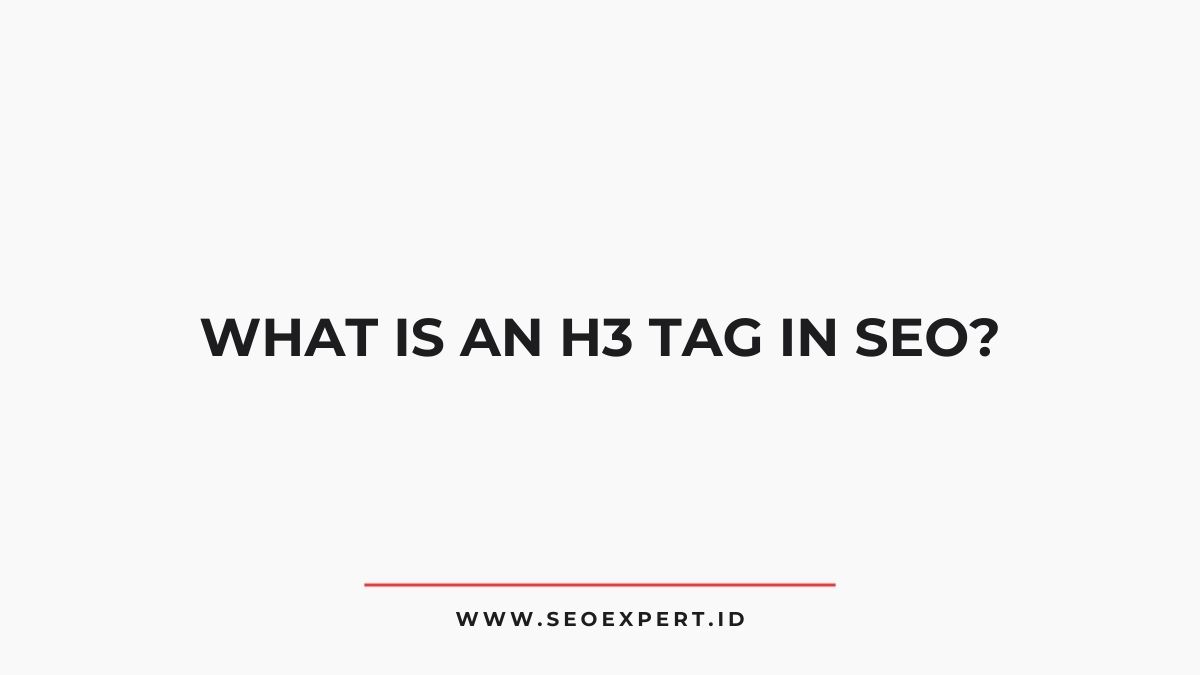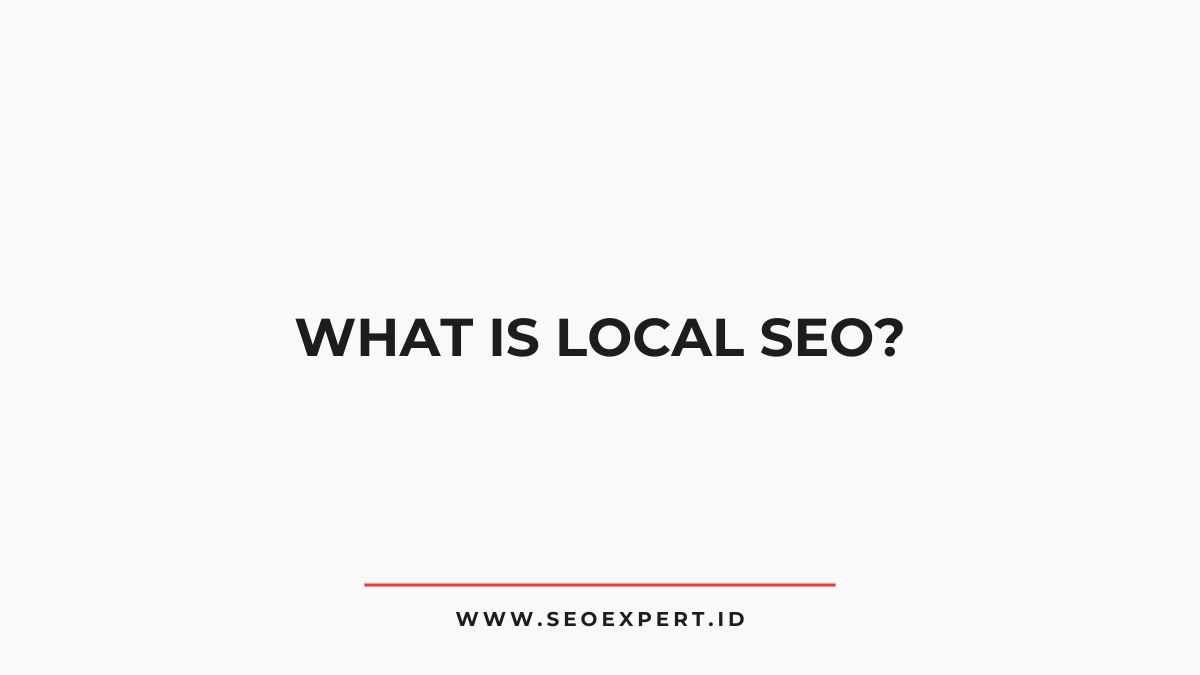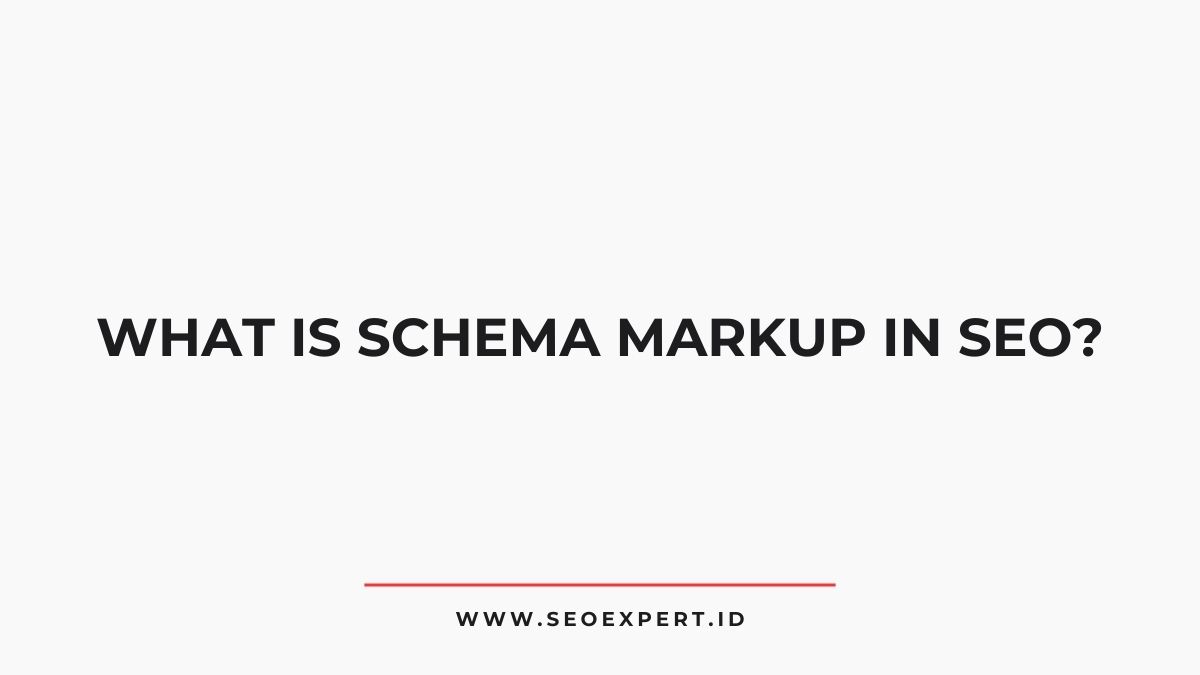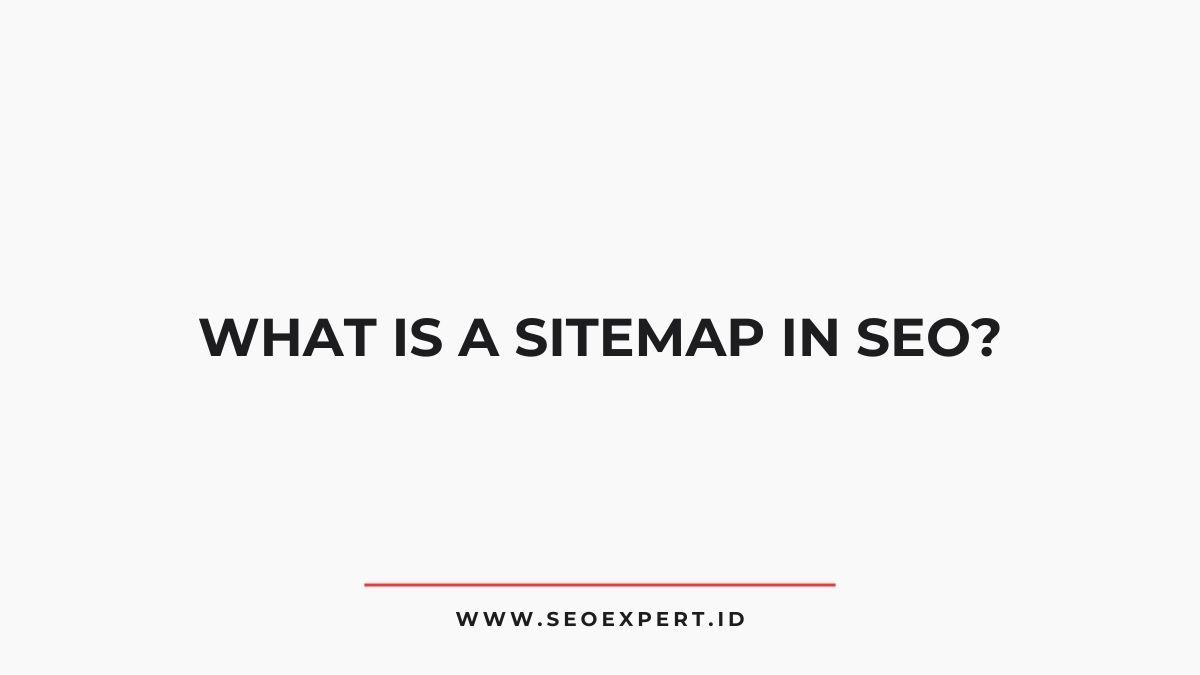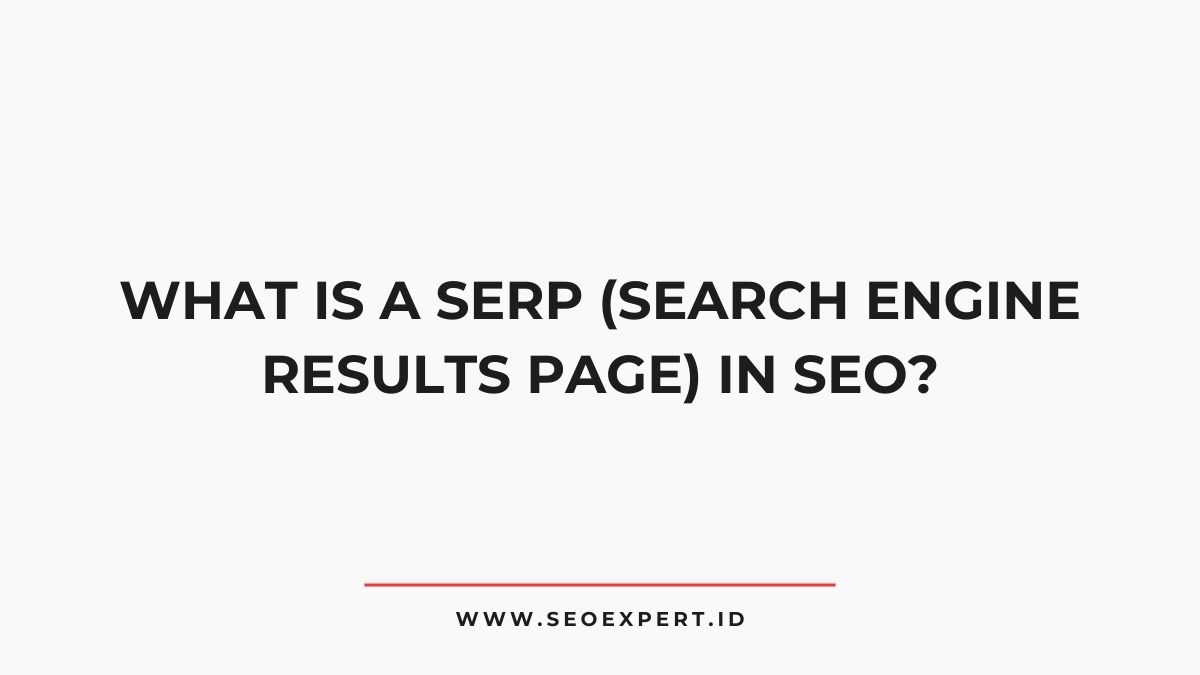An H2 tag is a pivotal structural element in SEO. It organizes content, enhances readability, and improves user engagement on web pages.
LinkWhisper
The ultimate internal linking plugin for WordPress that can elevate your on-page SEO. Recognized as the finest in the field. Simple to install with powerful features.
H2 tags serve as subheadings that break up text into manageable sections, guiding both readers and search engines through the information hierarchy.
Proper use of H2 tags can also present opportunities for strategic keyword placement, increasing the potential for higher search engine rankings. Further exploration reveals more on their effective utilization in online content.
TL;DR
Hide- An H2 tag is a structural element that organizes content into sections, enhancing readability and user experience.
- H2 tags improve SEO by aiding search engines in understanding content hierarchy and relevance.
- They allow for strategic keyword placement, helping to optimize content for better search rankings.
- Proper use of H2 tags increases scannability, enabling users to quickly find relevant information.
- Maintaining a clear and consistent hierarchy with H2 tags is crucial for effective web content organization.
Understanding H2 Tags and Their Purpose
H2 tags serve as critical structural elements in web content, guiding both readers and search engines through the hierarchy of information.
Their primary purpose is to organize content into manageable sections, facilitating easier navigation and comprehension. By breaking down complex topics into subtopics, H2 tags enhance readability and allow users to locate relevant information swiftly.
In addition to improving user experience, these tags act as signposts for search engines, indicating the main themes of the content.
This strategic use of H2 tags not only aids in content organization but also contributes to a more engaging and safe browsing experience for users, ensuring they can access pertinent information without unnecessary confusion or risk.
The Importance of H2 Tags in SEO
Effective content organization not only enhances user experience but also plays a significant role in search engine optimization (SEO).
H2 tags serve as a vital framework for structuring content, making it easier for both users and search engines to navigate the information presented.
Their importance can be encapsulated in several key aspects:
- Improved Readability: Breaks text into manageable sections.
- Keyword Optimization: Provides opportunities for strategic keyword placement.
- Enhanced Context: Establishes a hierarchy of information, signaling relevance.
- SEO Performance: Influences search engine rankings by aiding crawlers.
- User Engagement: Increases the likelihood of retaining visitors through organized content.
Incorporating H2 tags effectively can bolster both user satisfaction and SEO outcomes, making them indispensable for any content strategy.
Best Practices for Using H2 Tags
While many content creators recognize the significance of H2 tags, understanding the best practices for their usage is essential for maximizing their effectiveness in SEO.
Strategically incorporating H2 tags can enhance content organization and improve search engine readability. It is advisable to use clear, descriptive phrases that accurately represent the section’s content, ensuring relevance to target keywords.
Effective use of H2 tags enhances content structure and boosts search engine visibility through clear, descriptive phrasing.
Maintaining a consistent hierarchy of headings is fundamental; H2 tags should logically follow H1 tags and precede H3 tags. Limiting the number of H2 tags per page to a reasonable amount—typically between two to five—can help maintain focus.
Additionally, avoiding keyword stuffing within H2 tags preserves content integrity and aligns with search engine guidelines, fostering a more secure and effective optimization strategy.
How H2 Tags Affect User Experience
The structure of content considerably influences user experience, and the use of H2 tags plays an essential role in this aspect. H2 tags help break down information into manageable sections, allowing users to navigate content with ease.
Their strategic use enhances readability and comprehension, ultimately promoting user engagement.
Key effects of H2 tags on user experience include:
- Improved Scannability: Users can quickly locate relevant sections.
- Enhanced Organization: Clear hierarchy aids in understanding the content flow.
- Increased Retention: Well-structured information is easier to remember.
- Better Accessibility: Screen readers utilize H2 tags to assist visually impaired users.
- Encouraged Interaction: Engaging layouts foster longer site visits.
Common Mistakes to Avoid With H2 Tags
How can one guarantee that H2 tags serve their intended purpose without falling into common pitfalls?
First, it is essential to avoid keyword stuffing, which can lead to penalties and degrade readability. Tags should be concise, informative, and relevant to the content they introduce.
Avoid keyword stuffing in H2 tags to maintain readability and ensure they remain concise and relevant to your content.
Additionally, neglecting proper hierarchical structure can confuse search engines and users alike; H2 tags should logically follow H1 tags and precede H3 tags.
Overusing H2 tags is another mistake; they should only be employed when necessary to enhance content organization.
Finally, overlooking mobile responsiveness may hinder user experience.
Wrapping Up
To sum up, H2 tags serve as critical components in the architecture of web content, guiding both search engines and users alike.
By enhancing clarity, improving SEO rankings, and fostering a better user experience, they underscore the importance of structured information.
To maximize their effectiveness, strategic implementation, consistent formatting, and careful keyword integration are essential.
Ultimately, the effective use of H2 tags not only supports content organization but also elevates the overall quality of digital communication.
